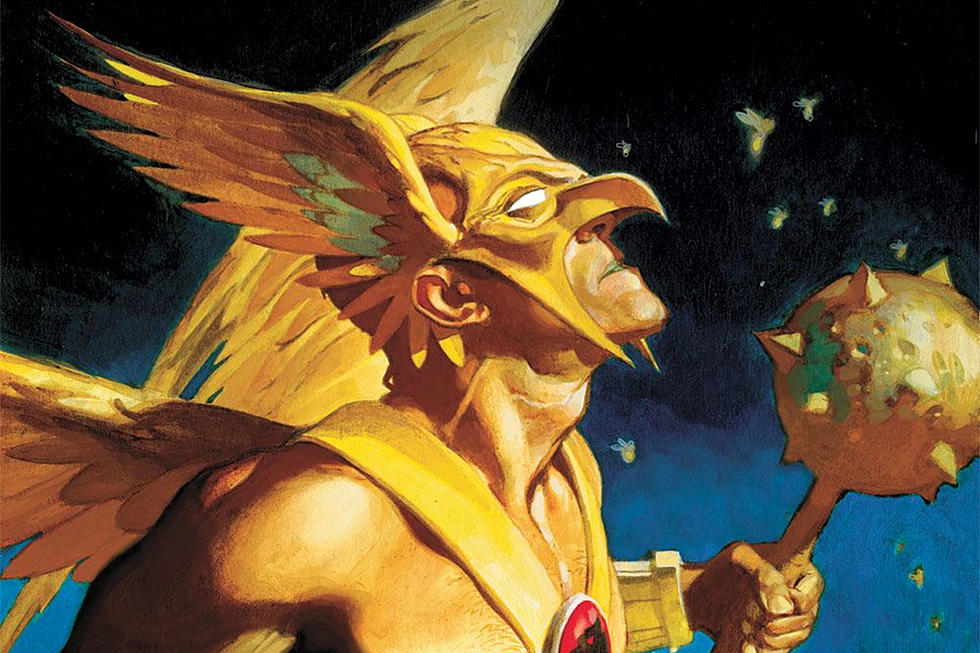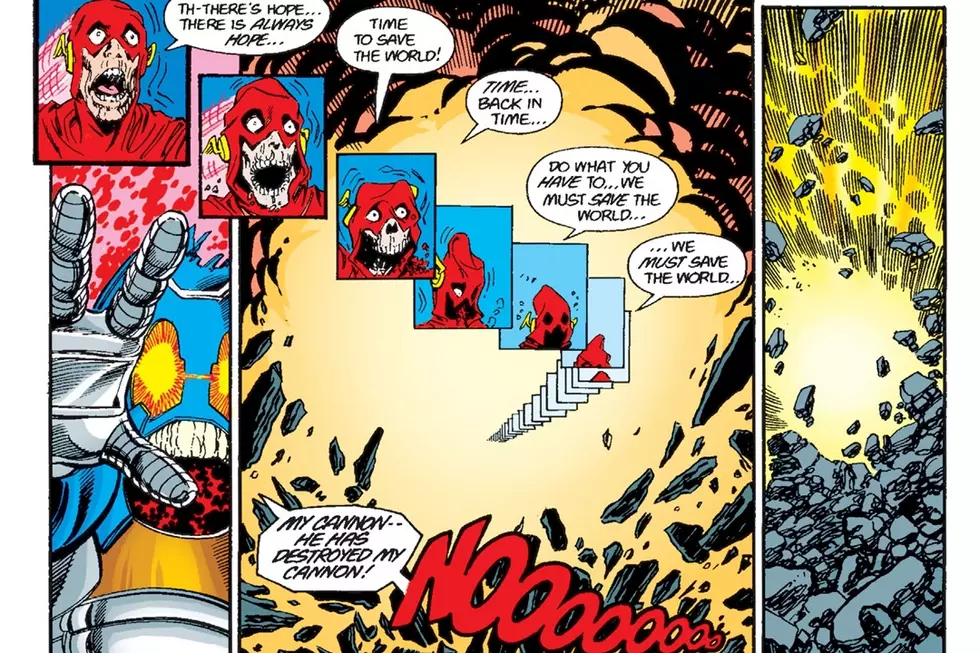
Fantastic Five: DC Comics Deaths
If there’s one thing we’ve learned from our years on the Internet, it’s that there’s no aspect of comics that can’t be broken down and quantified in a single definitive list, preferably in amounts of five or ten. And since there’s no more definitive authority than ComicsAlliance, we’re taking it upon ourselves to compile Top Five lists of everything you could ever want to know about comics.
There's nothing fun about the topic, but death is unquestionably a huge part of superhero comics, and this week we're looking at five of the deaths that had the most profound effect on the DC Universe.









